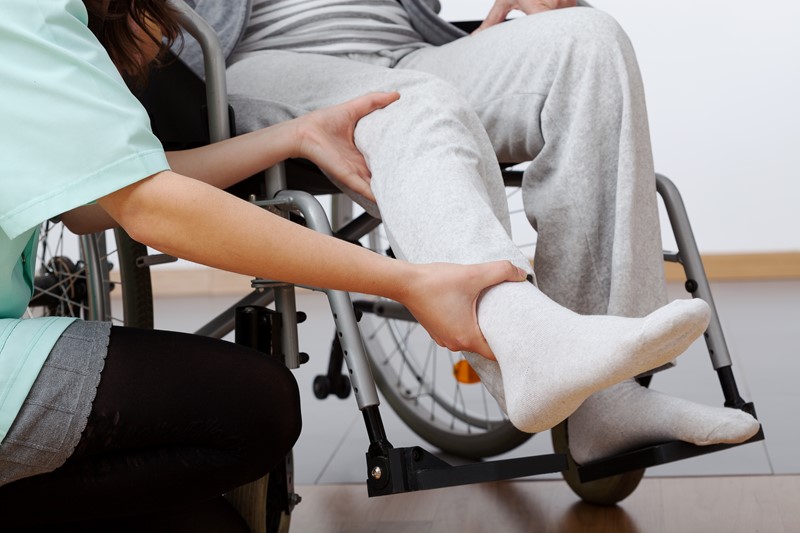In the previous blog, we discussed how virtual healthcare is vital to a long-term health system that delivers the right treatment to the right people at the right time and place.
We looked at a patient, Linda, a 30 year old woman with gestational diabetes living in a rural place, with a limited income and no easy access to the clinic from her home.
Now, let’s see how virtual care can extend her healthcare provider’s reach into her home.
The impact of virtual healthcare
By expanding clinicians’ reach into the home, virtual care facilitates integrated patient care by addressing accessibility and location obstacles. Linda will no longer need to find transportation or travel for hours to see her clinician. She can consult with her clinician virtually whenever she wants, from the convenience of her own home.
Linda’s multidisciplinary healthcare team can access all of her health data in one place via virtual care, allowing them to construct a comprehensive treatment plan. This can help patients with conditions like gestational diabetes, such as Linda, better control their condition. Virtual care avoids redundancy and gaps in care by combining many data types on a single platform.
Linda can then log her daily health activities from the comfort of her own home using the technological platform. Recording vital signs such as blood pressure and documenting indications of increased pregnancy risk are examples of this. Linda can also learn about better habits to adopt and when to call her care team, giving her peace of mind regarding her situation.
The rural healthcare landscape is changing for the better
There is unlimited potential for technology to vastly improve the current health-care approach, particularly in rural areas. There are obvious roadblocks today, such as connectivity and infrastructure, but these issues are being addressed at a faster rate every day, and the rural medical scene of the future will be significantly different from that of today.
The goal of bringing technology into rural medicine and healthcare is not to replace clinicians, but to improve healthcare delivery. To enable for far more efficient and accurate diagnosis when expert knowledge is not always available at the time of service. Real change and success may be achieved in the healthcare business as long as the patient, their family, and the community remain at the centre of treatment.
Read the whitepaper below to discover more about how technology, particularly machine learning, may aid healthcare in rural places.
The whitepaper looks at two situations for Linda. In the first scenario, her high-risk pregnancy is not recognised until late in the pregnancy, she is admitted to a hospital, and has a difficult birth. In the second scenario, her high-risk pregnancy is detected early and dealt with appropriately (“the right care, at the right time, in the right place”).



